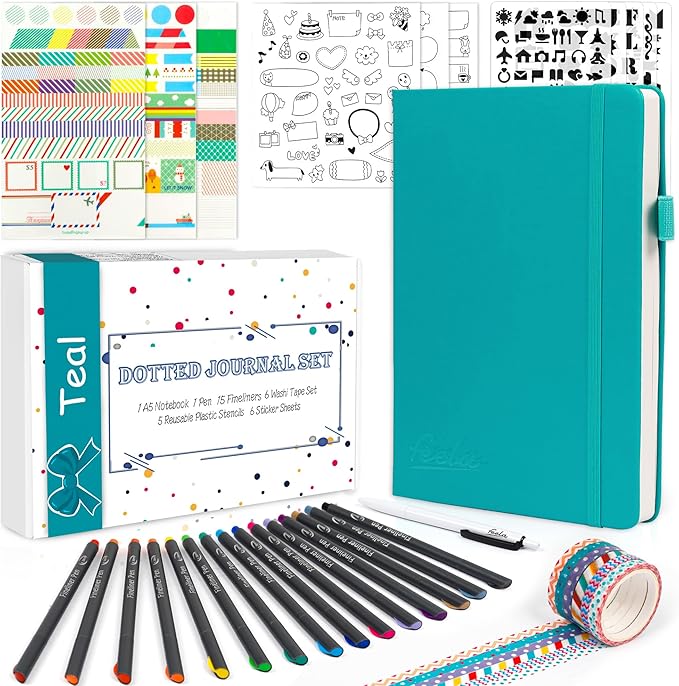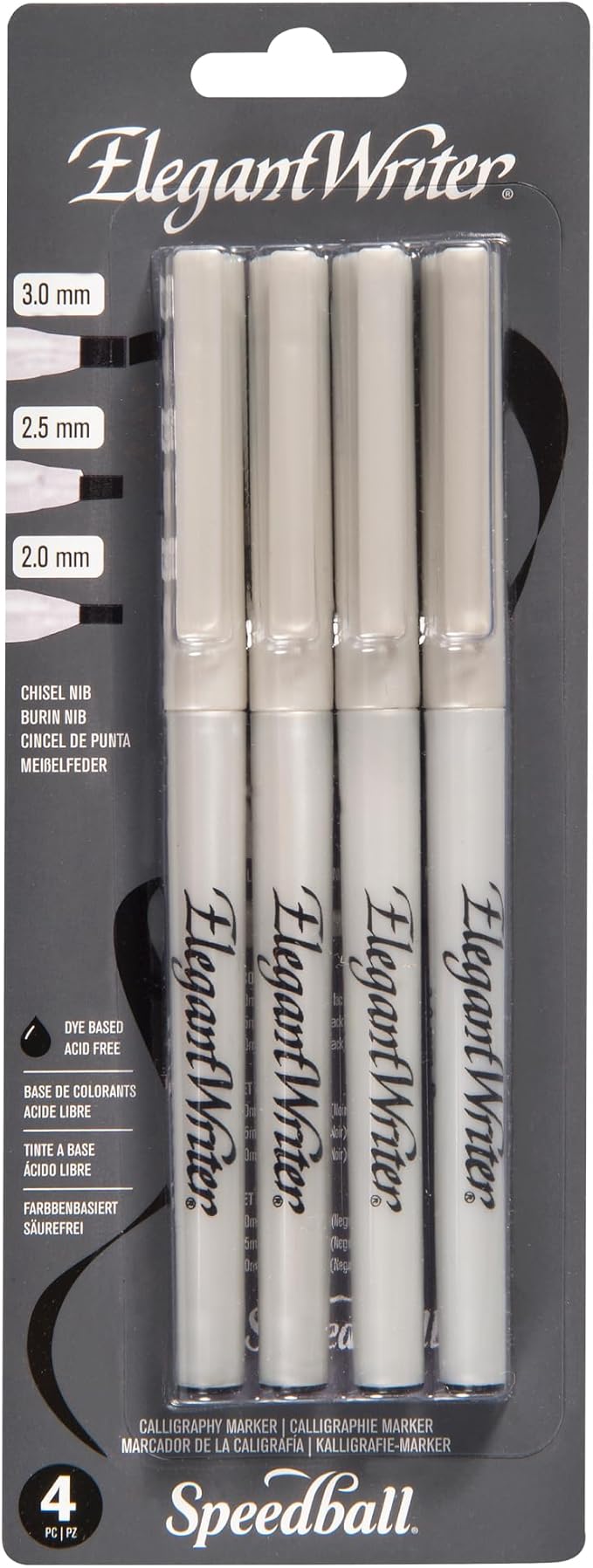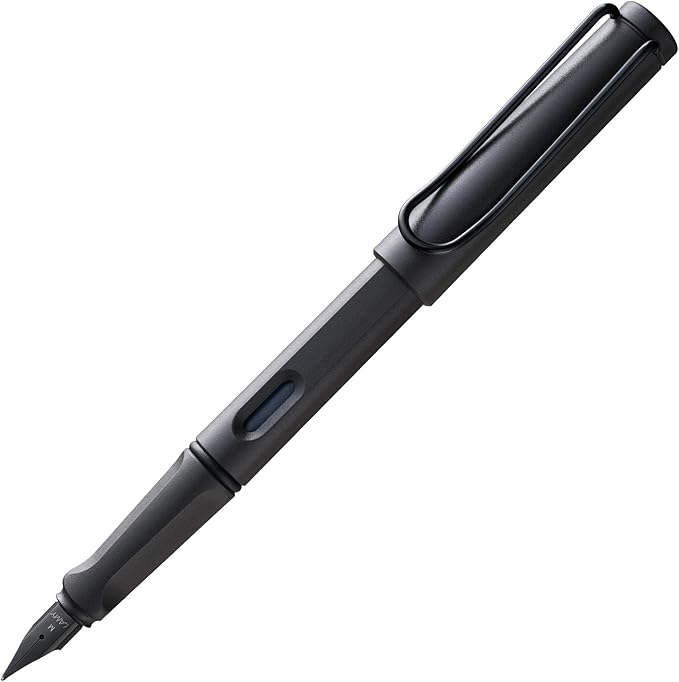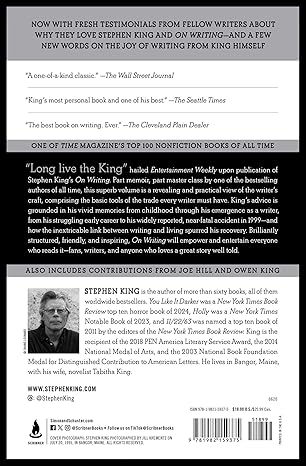Whether you're writing an email, a blog post, or the next best-selling novel, the ability to write well can open countless doors. Great writing is more than correct grammar—it's about clarity, flow, and genuine connection with your readers. Before diving into any writing project, using a comprehensive text analyzer can help you understand the structure and readability of your existing content.
The good news is that you don't need years of training to see dramatic improvements in your writing. By mastering four fundamental techniques, you can transform your writing from ordinary to extraordinary. These aren't complex theories or academic concepts—they're practical, actionable strategies that work immediately. As you practice these techniques, you can track your progress using a free word counter tool to monitor improvements in your writing efficiency and clarity.
In this comprehensive guide, we'll explore four simple yet powerful tips to instantly improve your writing skills, no matter your experience level. From students crafting essays to professionals sending important emails, these techniques will help you communicate more effectively and confidently.
Table of Contents

A complete journaling kit provides everything you need to start your writing journey with proper tools and creative inspiration.
🎨 Complete Beginner's Kit
feela Dotted Journal Kit
A5 Hardcover • 224 Pages • Dot Grid • Complete Accessories
🎁 Complete Kit Includes: Dotted journal • Stencils • Stickers • Pens • Ruler • Corner protectors
Perfect starter kit for beginners - everything you need to begin your writing and journaling journey
Tip 1: Writing Clarity Starts with a Clear Message
Clarity is the foundation of great writing. Before you write a single sentence, you must know exactly what you want to say and why it matters to your reader. This might seem obvious, but most writing problems stem from unclear thinking rather than poor execution.
The best writers begin every piece by defining their core message in one clear sentence. This acts as a North Star, guiding every paragraph and keeping you focused on what truly matters. Without this clarity, your writing becomes a meandering journey that confuses rather than enlightens.
How to Define Your Purpose Before Writing
Start by asking yourself three fundamental questions: What is my main point? Who am I writing for? What do I want them to do or feel after reading this? These questions force you to think from your reader's perspective and ensure your message serves a clear purpose.
Write your core message in one sentence at the top of your document. This sentence should be specific, actionable, and reader-focused. For example, instead of "I want to write about social media," try "I want to show small business owners three specific ways to increase engagement on Instagram without spending money on ads."
Notice how the second example immediately tells readers what they'll gain, how long it will take, and what it will cost them. This clarity creates instant engagement because readers can quickly determine if the content matches their needs.
Once you have your clear message, use it to evaluate every paragraph. Ask yourself: "Does this paragraph support my main message? Will it help my reader achieve their goal?" If the answer is no, delete it or rewrite it. This ruthless focus on your core message will eliminate confusion and create writing that truly serves your audience.
Guidance from the Purdue Online Writing Lab shows that clarity-first planning strengthens every argument, reinforcing why defining a thesis and reader outcome before drafting keeps your message laser-focused.

Quality writing tools like calligraphy markers can help you practice clarity and precision in your writing while developing beautiful penmanship.
✒️ Clarity & Precision
Speedball Elegant Writer Calligraphy Set
4 Chisel Tip Markers • Acid-Free • Non-Toxic • Water Based
✨ Perfect for Writers: Fine, Medium, Broad & Scroll tips • Includes instruction booklet • Develop beautiful handwriting • Practice clear messaging
Practice clear, purposeful writing with professional calligraphy tools

Story cubes are excellent tools for brainstorming creative ideas and overcoming writer's block by sparking unexpected narrative possibilities.
🎲 Creative Inspiration
Rory's Story Cubes Classic
9 Dice • Limitless Stories • Ages 6+ • 1+ Players • 10 Min Play
✨ Writer's Companion: Beat writer's block • Spark creativity • Generate story ideas • Perfect for brainstorming • Eco-friendly packaging
Roll the dice and let random images guide you to your next great story idea

Planning your message before writing ensures clarity and purpose in every paragraph.

A quality fountain pen encourages mindful writing and helps develop clearer thinking through the deliberate act of handwriting.
✒️ Premium Writing Tool
LAMY safari umbra Fountain Pen
Ergonomic Grip • Polished Steel Nib (F) • Right-Handed Design
✍️ Writer's Choice: Ideal for writing & calligraphy • Includes LAMY T10 blue cartridge • Ergonomic design • Premium German craftsmanship
Transform your writing experience with this premium German fountain pen
Tip 2: Active Voice Writing Techniques
Active voice creates stronger, more direct sentences that engage readers and convey confidence. When you use active voice, the subject of your sentence performs the action, making your writing more dynamic and easier to follow. This simple grammatical choice can dramatically improve the energy and clarity of your prose.
Passive voice, while sometimes necessary, often creates weak, wordy sentences that obscure responsibility and bore readers. It places the action before the actor, creating unnecessary distance between your ideas and your audience. Understanding when to use each voice is crucial for effective communication.
Understanding Active vs. Passive Voice
In active voice, the structure follows a simple pattern: Subject + Verb + Object. For example, "Sarah wrote the report" clearly shows who did what. In passive voice, this becomes "The report was written by Sarah," which is longer and less direct.
Passive voice isn't always wrong—it's useful when the actor is unknown, unimportant, or when you want to emphasize the action rather than the person performing it. However, overusing passive voice creates dull, bureaucratic writing that distances you from your readers.
The active version takes responsibility, uses fewer words, and creates a more engaging narrative. It shows accountability rather than hiding behind vague constructions. This directness builds trust with readers because they can clearly understand who did what.
To identify passive voice in your writing, look for forms of "to be" (is, was, were, been) followed by past participles (words ending in -ed, -en, -t). Then ask yourself: "Who is performing this action?" If the answer is unclear or buried at the end of the sentence, you're probably using passive voice.
Converting to active voice usually involves moving the real actor to the front of the sentence and choosing a more specific verb. Instead of "The presentation was given by the marketing team," write "The marketing team delivered the presentation." This creates more vivid, memorable writing that holds your reader's attention.
The University of North Carolina Writing Center recommends defaulting to active constructions in professional writing because they clarify responsibility and reduce wordiness—key benefits when you need authoritative, high-impact prose.

Stephen King's "On Writing" offers invaluable insights into the craft of writing from one of the world's most successful authors.
📚 Recommended Reading
On Writing: A Memoir of the Craft
by Stephen King
Part memoir, part masterclass - learn from one of the bestselling authors of all time
Tip 3: Concise Writing Tips for Tight Sentences
Concise writing respects your reader's time and mental energy. In our information-saturated world, readers appreciate writers who can express complex ideas simply and directly. Short, sharp sentences improve readability, increase comprehension, and make your writing more persuasive.
The goal isn't to write like a telegram, but to eliminate unnecessary words that dilute your message. Every word should earn its place by adding meaning, clarity, or emphasis. This disciplined approach creates prose that moves quickly and lands with impact.
The 20-25 Word Rule
Aim to keep most of your sentences between 15-25 words. This length allows for complexity while maintaining readability. Sentences longer than 25 words often contain multiple ideas that would be clearer if separated. Shorter sentences create rhythm and emphasis, while longer ones can provide detailed explanations. You can easily check your sentence structure using a sentence counter tool to analyze your writing patterns and identify areas for improvement.
Vary your sentence length to create rhythm and maintain interest. Follow a long, complex sentence with a short, punchy one. This variation mimics natural speech patterns and keeps readers engaged. Think of sentence length as a musical element that contributes to the overall flow of your writing.
The concise version eliminates redundant phrases ("in order to," "absolutely essential," "take the time to") and unnecessary qualifiers. It communicates the same information more powerfully because readers can process it quickly without losing focus. When editing for concision, a character counter can help you track your progress as you trim unnecessary words and phrases.
Common Words and Phrases to Eliminate
Certain phrases add no value to your writing and can usually be deleted without changing the meaning. Watch for filler phrases like "it is important to note that," "due to the fact that," "in spite of the fact that," and "at this point in time." These expressions pad your word count but weaken your message.
Similarly, watch for redundant expressions like "free gift" (gifts are free), "past history" (history is always past), and "advance planning" (planning is always in advance). These redundancies suggest careless thinking and waste your reader's mental resources.
Challenge every adverb and adjective. While descriptive language has its place, many modifiers are simply lazy writing. Instead of writing "very good," choose a stronger word like "excellent" or "outstanding." This specificity creates more vivid, memorable prose.

Ruthless editing removes unnecessary words and strengthens your core message.

A Pomodoro timer helps writers maintain focus and write more efficiently by breaking work into manageable time blocks.
⏰ Productivity Booster
Ticktime Pomodoro Timer Cube
Hexagon Productivity Timer • 6 Preset Times • Custom Countdown
⚡ Perfect for Writers: ADHD-friendly • Pause & Resume • Silent mode • Magnetic base • USB-C rechargeable
Boost your writing productivity with focused 25-minute writing sessions
Tip 4: Self-Editing Strategies to Revise Ruthlessly
Great writing isn't written—it's rewritten. The difference between good writers and great writers isn't talent; it's the willingness to revise ruthlessly. Professional writers know that the first draft is just raw material to be shaped, refined, and perfected through multiple rounds of editing.
Editing is where the real magic happens. This is when you transform scattered thoughts into coherent arguments, unclear sentences into crystal-clear communication, and good writing into great writing. The key is to separate the writing process from the editing process—they require different mindsets and skills.
The Multi-Pass Editing Approach
Don't try to fix everything at once. Instead, make multiple passes through your writing, focusing on different elements each time. This systematic approach prevents overwhelm and ensures you catch different types of problems.
The Harvard College Writing Center advises separating structural revisions from surface edits—a workflow that mirrors this multi-pass system and keeps your brain fresh for each stage of refinement.
First pass: Structure and flow. Read your entire piece to ensure your arguments flow logically and your paragraphs connect smoothly. Look for gaps in reasoning, awkward transitions, and sections that don't support your main message. This big-picture editing addresses the foundation of your writing.
Second pass: Clarity and concision. Focus on sentence-level issues. Look for passive voice, wordy phrases, and unclear expressions. This is where you implement the previous tips about active voice and concise writing. Read each sentence independently and ask: "Is this as clear and direct as possible?"
Third pass: Grammar and polish. Only after addressing structure and clarity should you worry about grammar, punctuation, and spelling. Many writers get trapped focusing on these surface issues while ignoring deeper problems with logic and flow.
Powerful Self-Editing Techniques
Read aloud. This is perhaps the most powerful editing technique available. Reading aloud forces you to slow down and notice problems your eyes miss when reading silently. You'll catch awkward phrasing, run-on sentences, and unclear transitions that seemed fine on the page.
Use the reverse reading technique. Start with your last paragraph and work backward to the first. This method helps you focus on individual paragraphs without getting caught up in the flow of your argument. Each paragraph should make sense and serve a clear purpose independent of its context.
Create an editing checklist. Develop a personalized checklist based on your common mistakes. This might include checking for passive voice, eliminating filler words, varying sentence length, or ensuring each paragraph has a clear topic sentence. A checklist prevents you from forgetting important steps in your editing process.
This famous advice means you must be willing to delete sentences, paragraphs, or even entire sections that don't serve your reader, no matter how much you love them. Sometimes our most "clever" writing actually obscures our message and needs to be cut for the greater good of the piece.

Proper lighting is essential for effective editing sessions and reduces eye strain during long writing periods.
💡 Eye Care Essential
LED Desk Lamp with Clamp
24W • 5 Color Modes • Flexible Gooseneck • Dual Monitor Support
✨ Perfect for Writers: Eye-caring technology • Architect design • Clamp attachment • Smart adjustable lighting • Reduces editing fatigue
Optimize your writing workspace with professional-grade lighting for better focus and reduced eye strain
Using Technology as a Writing Assistant
Modern AI and grammar tools like Grammarly, ProWritingAid, or Hemingway Editor can be valuable editing assistants—but they're not replacements for human judgment. Our free grammar checker tool can help you catch obvious mistakes and suggest improvements, but always evaluate their suggestions critically.
These tools excel at identifying passive voice, suggesting stronger verbs, and catching common grammar mistakes. However, they can't evaluate whether your argument makes sense, your examples support your points, or your tone matches your audience. That requires human insight and experience.
The best approach is to use technology for the mechanical aspects of editing while you focus on the creative and strategic elements. Let the software catch typos and suggest style improvements while you ensure your writing serves your reader's needs and achieves your communication goals. For comprehensive text editing and formatting, our online text editor provides a distraction-free environment to focus on your writing.

A quality writing journal can inspire creativity and make the writing process more enjoyable and organized.
✍️ Writer's Essential
Vintage Map Embossed Leather Notebook
A5 Travel Journal with Premium Ballpoint Pen
✨ Amazon's Choice • 200 lined pages • Includes premium pen • Waterproof leather cover
Perfect for daily writing practice, idea capture, and creative journaling

A high-quality blank journal provides the perfect canvas for developing your writing skills and capturing creative ideas.
📓 Premium Writing Journal
PAPERAGE Blank Journal Notebook
160 Pages • Medium 5.6" x 8" • 100 GSM Thick Paper
✨ Premium Features: Hardcover design • Thick 100 GSM paper • Perfect for writing practice • Sketch-friendly pages
Ideal for daily writing practice, creative exercises, and skill development
Frequently Asked Questions on Writing Improvement
How can I improve my writing skills fast?
Focus on implementing one technique at a time rather than trying to fix everything at once. Start with clarity—ensure every piece has a clear main message. Then work on active voice, sentence concision, and finally, develop strong editing habits. Practice these fundamentals consistently, and you'll see rapid improvement within weeks.
Is grammar more important than style?
Both matter, but style often has greater impact on reader engagement. Perfect grammar with unclear messaging won't help your readers, while clear, purposeful writing with minor grammar issues can still be highly effective. Focus on clarity and flow first, then polish the technical details.
What's the best way to edit my own work?
Take a break between writing and editing—even a few hours helps you see your work more objectively. Read your writing aloud to catch problems your eyes miss. Use a systematic approach with multiple passes focusing on different elements: structure first, then clarity, then grammar. Consider having someone else read your important pieces.
How much should I read to improve writing?
Reading and writing go hand in hand. Aim to read daily in the style you want to write. If you're writing business content, read business publications. If you're writing fiction, read novels in your genre. Pay attention to how skilled writers structure their sentences, organize their ideas, and engage their audiences.
Should I use complex vocabulary to sound smarter?
Simple, clear language is almost always more effective than complex vocabulary. Your goal is communication, not demonstration of your vocabulary. Use the simplest word that accurately conveys your meaning. If a complex word is truly the best choice, use it—but don't add complexity just to sound intelligent.
How long should my sentences be?
Aim for 15-25 words per sentence on average, but vary your length for rhythm and emphasis. Very short sentences (5-10 words) create impact and emphasis. Longer sentences (25-35 words) can explain complex ideas. Avoid sentences longer than 35 words unless absolutely necessary for your meaning. To estimate how long readers need to process your content, use a reading time calculator that analyzes your text length and complexity.
Transform Your Writing Today with Proven Techniques
Great writing isn't built in a day—it's shaped by small, consistent improvements applied over time. By implementing these four fundamental techniques, you can see dramatic improvements in your writing effectiveness immediately, while building habits that will serve you for years to come.
Start with clarity by defining your core message before you write. Use active voice to create stronger, more engaging sentences. Keep your writing concise to respect your reader's time and attention. Finally, embrace the editing process as where your real writing happens—where good ideas become great communication.
The most successful writers aren't necessarily the most naturally gifted—they're the ones who consistently apply proven techniques and continuously refine their craft. Choose one tip from this guide and apply it to your next piece of writing. Notice the difference it makes, then gradually incorporate the others. Whether you're working on professional documents or creative projects, tools like a case converter can help you maintain consistent formatting throughout your writing process.
Remember, every expert was once a beginner. The writers you admire most started exactly where you are now, with the same challenges and the same potential for growth. Your writing journey begins with the next sentence you write—make it count.
Take Action Today: Choose your next writing project and apply just one of these techniques. Start with clarity—define your main message in one sentence before you begin writing. Watch how this simple step transforms your entire piece.

Quality wireless earbuds help create a distraction-free writing environment, allowing you to focus deeply on your craft.
🎧 Focus Enhancer
Soundcore by Anker P20i Earbuds
True Wireless • 30H Playtime • Water-Resistant • AI Clear Calls
🎵 Writer's Companion: Block distractions • 10mm Big Bass drivers • 22 Preset EQs • Bluetooth 5.3 • App customization
Create your perfect writing atmosphere with ambient sounds or complete silence

A vintage-style typewriter keyboard can inspire creativity and make the writing process more enjoyable and tactile.
⌨️ Vintage Writing Experience
Typewriter Style Mechanical Keyboard
104 Keys • Gold LED Backlit • Round Keycaps • Windows/Mac/PC
✨ Writer's Dream: Retro punk design • Tactile mechanical switches • Gold LED backlight • Unique round keycaps • Inspiring vintage aesthetics
Transform your writing experience with vintage charm and modern functionality
Ready to Perfect Your Writing?
Great writing is a skill that pays dividends in every area of life. Whether you're crafting emails, reports, or creative projects, these techniques will help you communicate with confidence and clarity.
